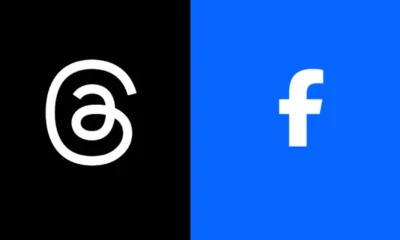MARKETING
Antitrust bill could force Google, Facebook and Amazon to shutter parts of their ad businesses

A new Senate antitrust bill could make Google, Facebook and Amazon divest portions of their ad businesses.
The Competition and Transparency in Digital Advertising Act (S4285) would prevent large ad companies from participating on different sides of the ad transaction chain. It would ban them from operating more than one of these functions: supply-side brokers selling publisher ad space, demand-side brokers selling ads, or ad exchanges connecting buyers and sellers.

The bill, introduced yesterday by Sen. Mike Lee (R-UT) and co-sponsored by Sens. Amy Klobuchar (D-MN), Ted Cruz (R-TX) and Richard Blumenthal (D-CT), bans companies earning more than $20 billion in annual digital advertising revenue from participating in the online ad ecosystem in a way that creates conflicting interests.
It also imposes consumer protection rules similar to ones governing financial trading. Under the law, businesses with more than $5 billion in digital ad transactions annually would have to:
- Act in the best interest of customers by getting the best bids for ads.
- Provide transparency customers can verify that.
- Create firewalls between their buying and selling operations if they are allowed to operate both.
- Treat all customers the same concerning performance and information related to transactions, exchange processes, and functionality.
“Digital advertising is dominated by Google and Facebook,” Sen. Lee said in a statement. “Google, in particular, is the leading or dominant player in every part of the ad tech stack: buy-side, sell-side, and the exchange that connects them. For example, Google Ad Manager is used by 90% of large publishers, and in the third quarter of 2018 it served 75% of all online display ad impressions. Google uses its pervasive market power across the digital advertising ecosystem, and exploits numerous conflicts of interest, to extract monopoly rents and stack the deck in its favor. These monopoly rents function as a tax — upwards of 40% — on every ad supported website and every business that advertises online, collectively a huge segment of the modern economy.”
Get the daily newsletter digital marketers rely on.
The new law is a response to the anti-competitive practices Google has been accused of. These include Project Bernanke, the focus of an antitrust lawsuit filed by the attorneys general of more than a dozen states. The suit claims Google ensured ads booked via its AdX system would win ad space auctions.
“The conflicts of interest are so glaring that one Google employee described Google’s ad business as being like ‘if Goldman or Citibank owned the NYSE,’” Sen. Lee said.
Read next: Is there any incentive to crack down on programmatic ad fraud?






















You must be logged in to post a comment Login